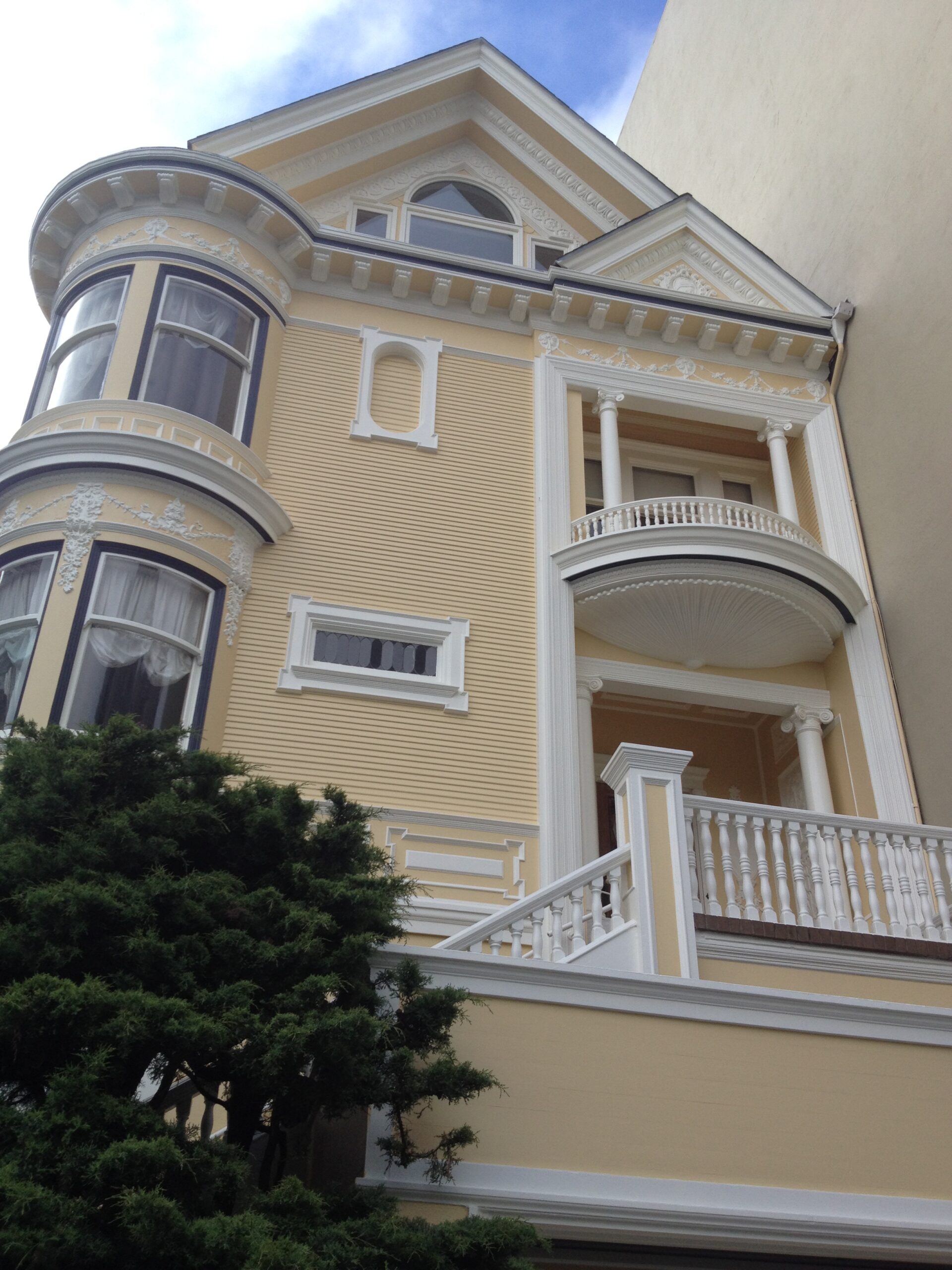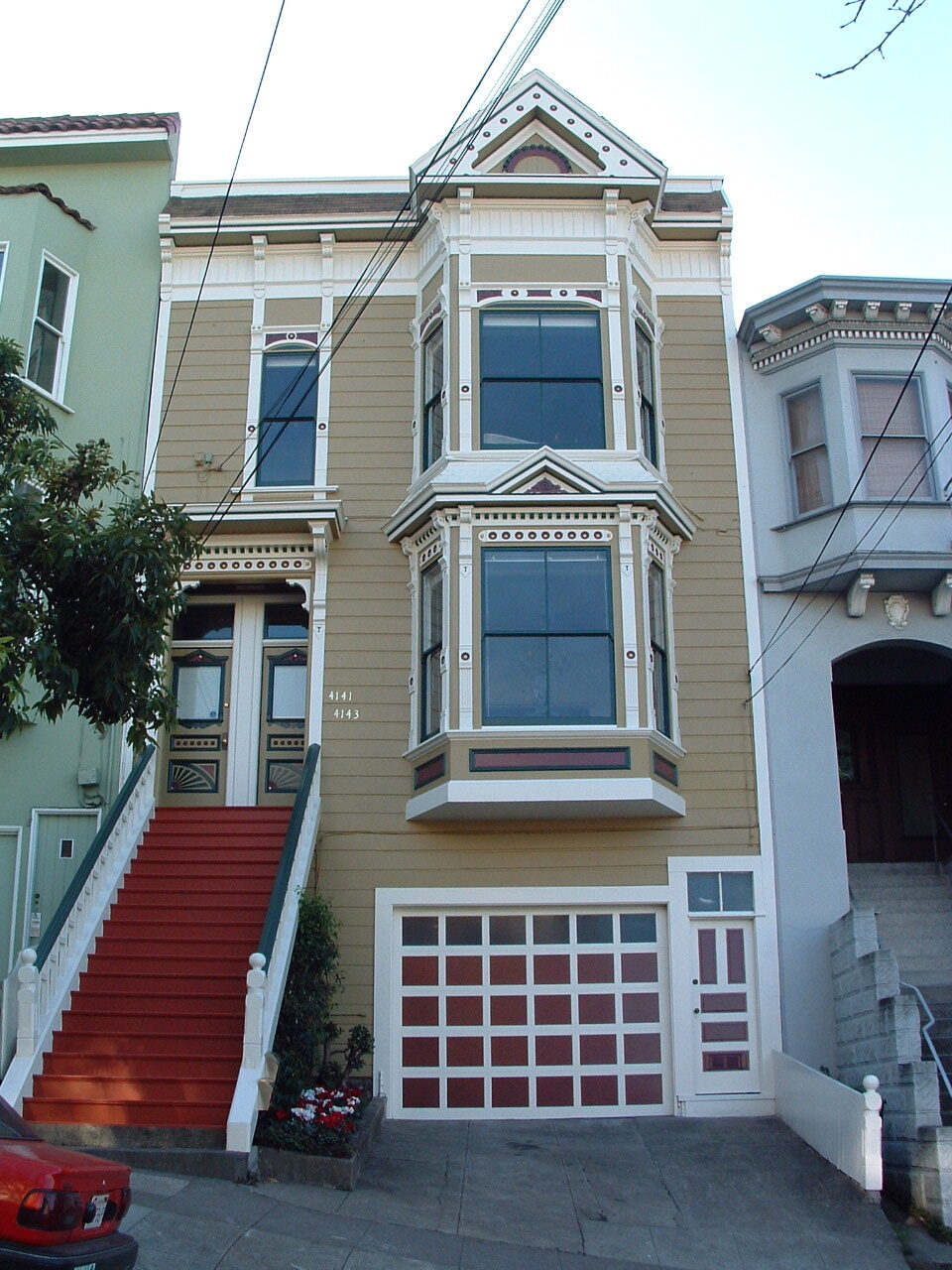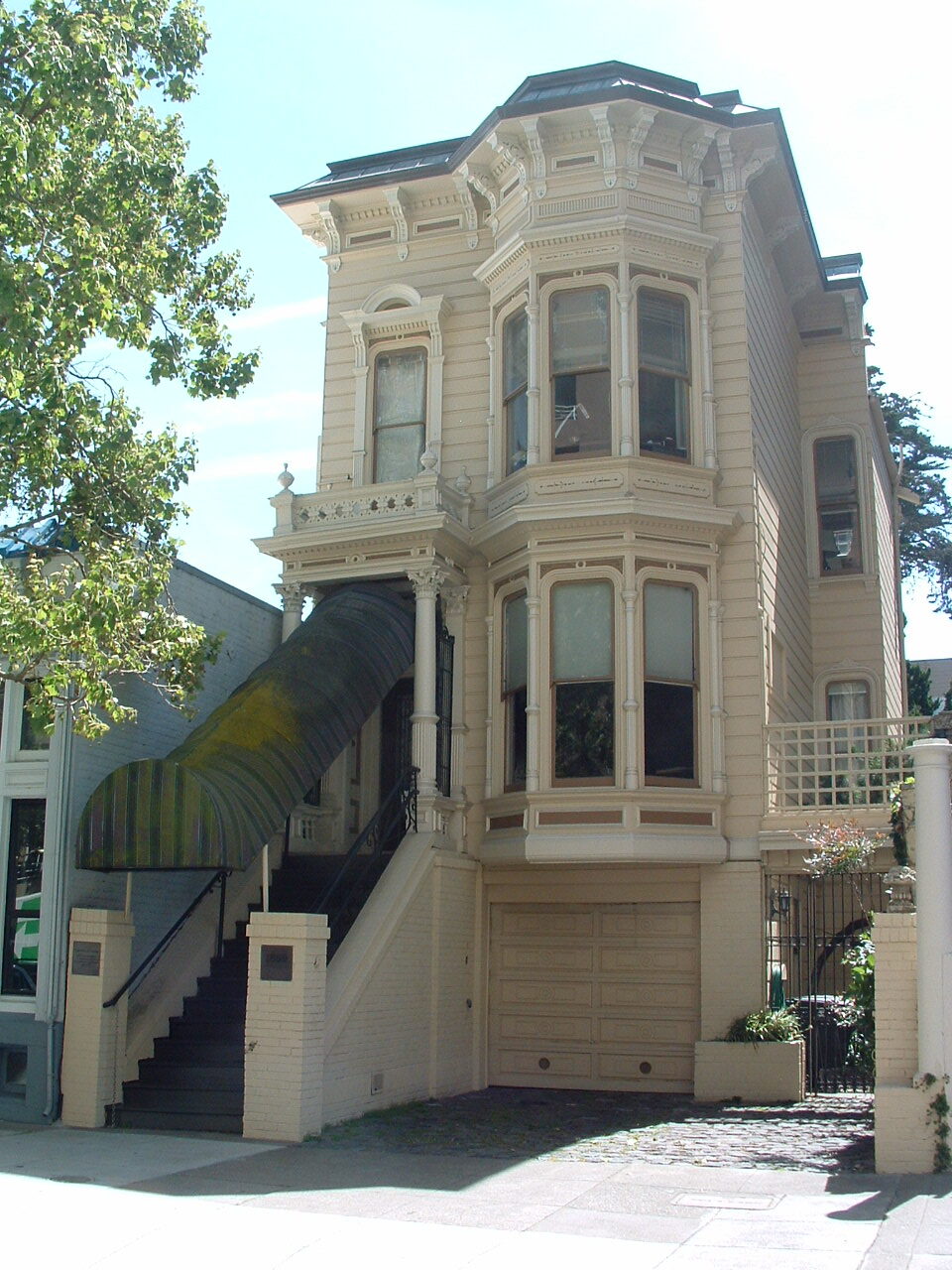Classic Shades Painting
Great looking, long-lasting paint job. Guaranteed !℠
Do You Have A Painting Project We Can Help With?
Painting a Victorian
If your home was built between the end of 19th and the beginning of 20th centuries, the chances are that you live in one or another form of Victorian architecture.
San Francisco is well known for its Victorians. Neighborhoods like the Alamo Square, Haight-Ashbury, Lower Haight, Cole Valley, Noe Valley, Castro, Nob Hill, and Pacific Heights are full of these majestic structures.
Indeed, the “Painted Ladies” of San Francisco are known world around for their vibrant and sometimes psychedelic color schemes. In the Victorian era, more natural earth-tone colors like shades of brown, red, mustard and green, would have been mostly used. But whatever the color scheme you may choose for your Victorian, lots of TLC will very likely be required before even a single gallon of paint is opened.
Whether you own a fanciful Queen Anne Victorian or a more restrained Edwardian you may already know that these types of buildings require considerable effort to keep and maintain. All that fine wood detailing, intricate trim-work, brackets and bays to preserve; all those angles and corners for water to get into and for rain and sun to beat on. The very thing that mads this type of architecture so beautiful also makes it more fragile and susceptible to damage by the elements.
Maybe you are reading this now because you’ve been thinking of getting your Victorian painted. Perhaps you just can’t wait to see your Painted Lady in all of her majesty, shimmering in the sun with a brand new beautiful finish coat of just the right color.
It’s very common for people to put most of their attention and emphasis on paint finishes. Indeed, the importance of skillfully applied finish can’t be overstated; after all this is what you will see at the paint job end. But, if this look of a freshly painted home is to last, one must not underestimate the importance of proper surface preparation.
You have probably heard that paint surface preparation is important. This is very true and it requires even more skillful workmanship in painting of a Victorian. But how do you make sure that the is done right?
Here is a brief summary of steps that will probably be required:
- Before any painting work is begun, check for leaks and ways moisture may be getting into the substrate. You may need to repair any roof leaks, gutters, windows and leaky plumbing. Unless the water is prevented from entering the substrate, the quality of your paint job will be compromised.
- Check for and replace all rotted or missing wood. This can be an expensive step because some of these trim pieces may be difficult to replicate. But, if not too badly damaged, some of it may be salvageable by injecting the loose wood fibers of the soft wood with epoxy sealer (in order to solidify softened wood sections) and replacing the damaged wood sections with a two part epoxy filler.
- Replace all badly rusted window and water table flashing. If this is not done, the rust will promptly come back or, even worse, the flashing may rust through completely and allow water into the substrate.
- Re-nail or screw-in all loose siding, trim boards and brackets.
- All rusting through nails should be punched in (to set the nail heads slightly below the surface), spot primed with a rust-inhibitive primer and properly filled. If this is not done, the rust will come back and spoil the look of your new paint job.
- All exterior surfaces will need to be washed to remove mildew, dirt and excessive chalking.
- All loose and cracking paint should be thoroughly scraped off. Consider complete stripping if more than 25% of the coating is cracked or peeling.
- Any open joints around windows, doors and vertical seams will need to be caulked. As this may be your last point of defense against water entering your home, ensure that this step is done thoroughly and that only a good quality caulk is used.
- Your Victorian should be fully primed with a good quality primer that is appropriate to the type of surface being painted. Primer creates a foundation that supports your finish coat. Understanding this should help you get the full importance of primer. In short, the best primer available is going to be the best choice for your job.
Now, all this may seem like an awful lot of work just to get ready to paint. Well, it is a lot of work! But if you are like me, your heart will beat just a little faster when you see a beautiful building. I feel like this every time I come home.
(August of 2014)









